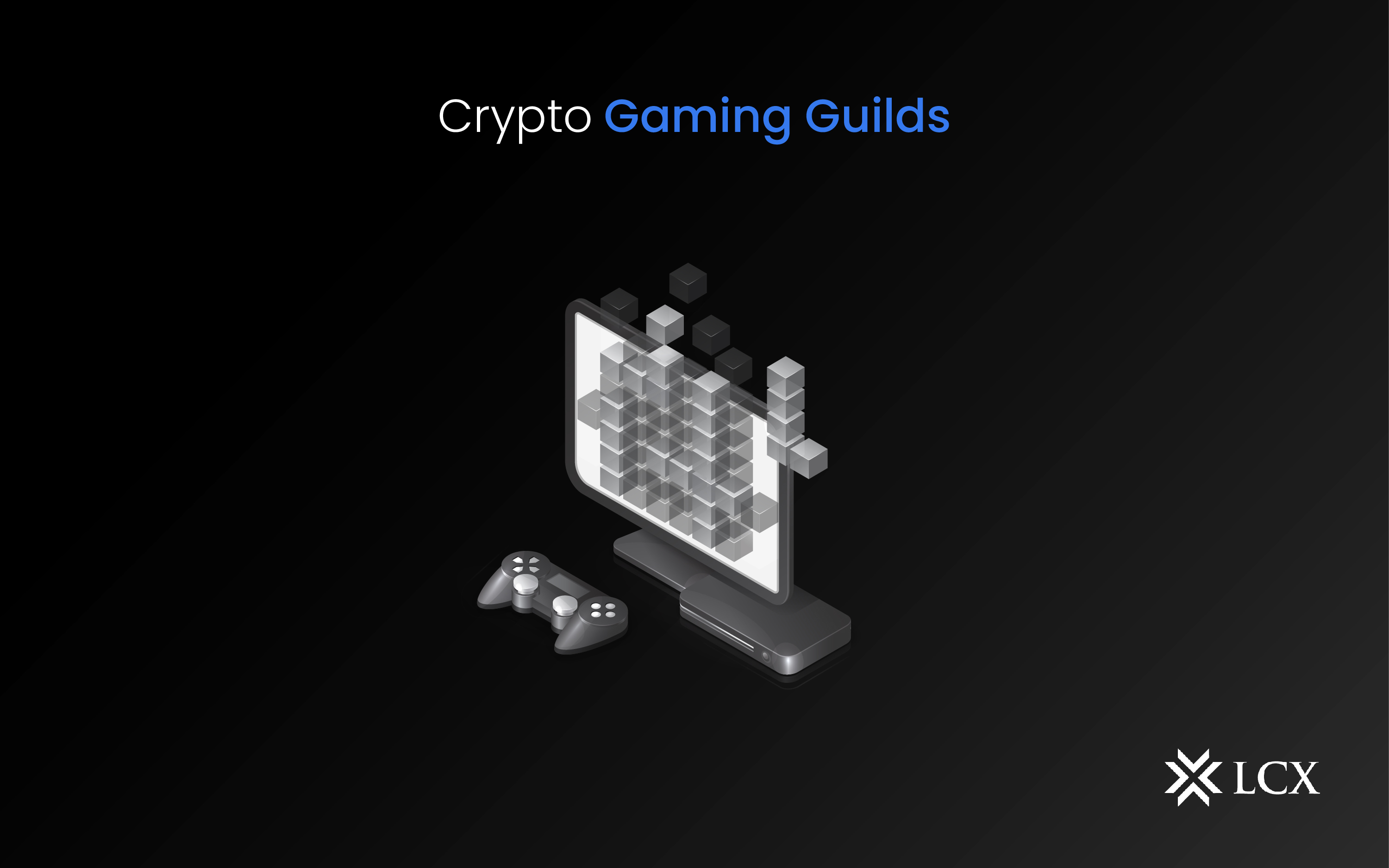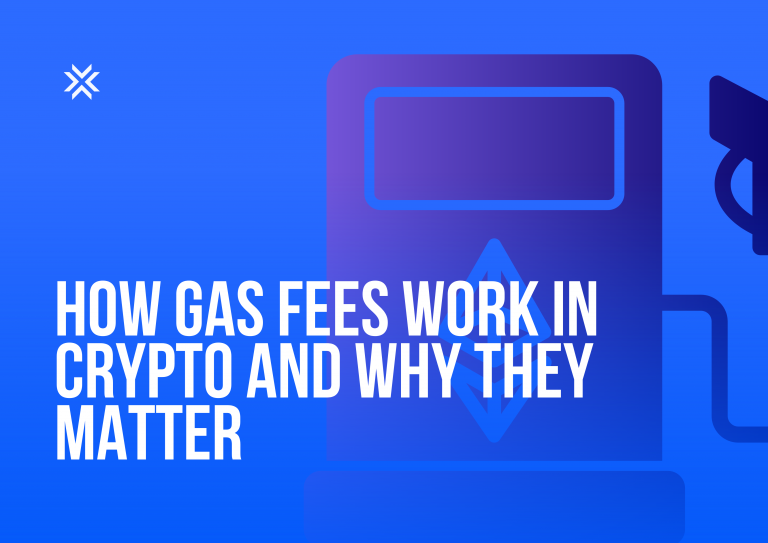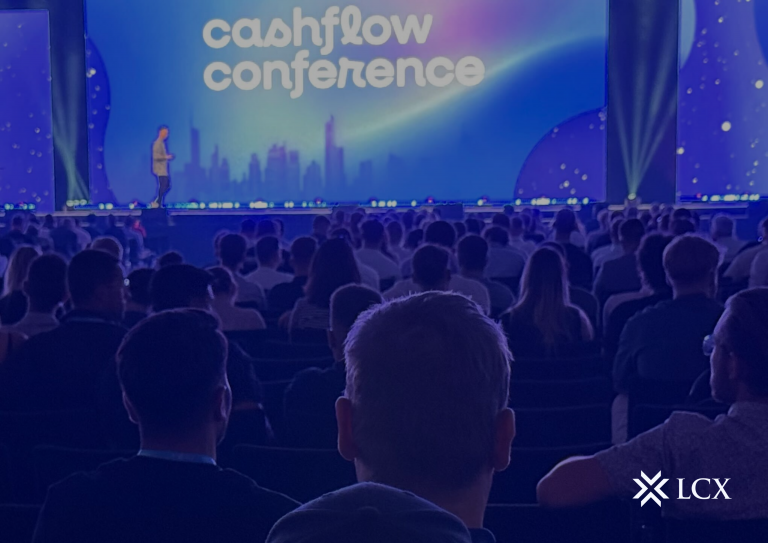Crypto gaming guilds are the next step in the evolution of the gaming industry and gamers. Crypto gaming guilds solve the issues plaguing the GameFi ecosystem. GameFi is a financial system in which users can earn money by participating in video games. The blockchain technology that powers these play-to-earn (P2E) games enables participants to earn while they play. Nonetheless, the GameFi market has been hampered by two primary issues:
First, the entry fee is too costly for the majority of players. The NFT in-game assets of popular games like Axie Infinity cost at least thousands of dollars. Even if new participants were able to afford it, they would need time to earn enough to break even.
Second, GameFi is still a niche in the cryptocurrency market, much less the gaming market. The “earning” component is emphasized more than the “playing” aspect. According to Forbes, gamers are only interested in having fun, and the majority of play-to-earn games lack the “fun” element. As a consequence, traditional gamers are less interested in GameFi than anticipated. Thus, the crypto gaming guild is an attempt to counter the two major issues in the GameFi ecosystem.
Introduction to Crypto Gaming Guilds
A gaming guild is a community of players who assist one another within and outside of a specific game. The concept of gaming guilds has been expanded to include play-to-earn (P2E) games. The members of a crypto gaming guild include investors, gamers, and administrators. They act as intermediaries by purchasing in-game assets in the form of NFTs and then lending them to thousands of players so they can play the game and earn returns.
The dual objective of these gaming communities is:
- They invest in promising web3 gaming projects, providing the developers with capital and confidence to create a thriving play-to-earn ecosystem.
- They provide NFT characters and in-game tokens to users who may not be able to afford them otherwise. When a player effectively earns money, the guild receives a portion.
As a result of the above two-fold objectives, the potential financial obstacles faced by players as a result of playing P2E games are significantly reduced. In addition, it affords everyone an equal opportunity to participate in the metaverse’s economy. In the end, it generates a situation in which both gamers and gaming guilds benefit.
How Do Crypto Gaming Guilds Work?
A crypto gaming guild can provide prospective players with game sponsorship. Accepted players may then borrow or rent NFTs from existing guild members. The recipients of NFTs will use these digital assets to participate in and earn from the cryptocurrency game.
After that, the crypto gaming guilds will profit by sharing a portion of the guild’s revenue and expenses. The majority of the time, the profits are reinvested into the gaming guild to promote its growth.
The payment distribution fluctuates based on the crypto gaming guild. In the majority of instances, 10% is allocated to the guild, 20% to the managers, and 70% to the participants. Others permit individuals and guilds to share profits equally.
What Are the Objectives of Crypto Gaming Guilds?
For crypto gaming guilds, advancing the GameFi market is not the only objective. They intend to advance the cryptocurrency industry as a whole and bring mass adoption closer. They play the following five functions in the crypto space:
- Community connection with GameFi: The essence of every gaming guild is its membership. The social impact potential of gaming communities is substantial, and community engagement is essential to the development of any ecosystem. They operate under a DAO (decentralized autonomous organization) structure in which funding comes from the community of DAO token holders, in this instance the guild-issued DAO token. Guild members would then invest collectively in the required NFT assets and in-game tokens.
However, the guild’s primary function and responsibility are to guide the Web3 community. Various blockchain-based games will have features and goods that users may be unfamiliar with. Therefore, the community is where they congregate to discuss and ask questions, which substantially contributes to the long-term development of the game project.
- Scholarship program for players: The DAO guild model originated as a solution to the play-to-earn entry barrier. The program is called the “scholarship program.” Within the guild, NFT asset proprietors, also known as managers, may lend their NFTs to guild members known as “scholars.” Scholars can then use these digital assets to play the crypto game and collect rewards. The profit is then divided among the guild members. The revenue distribution differs depending on the guild. In most cases, 10% of guild rent is paid to the guild, 20% to the administrators, and 70% to the scholars. Other guilds share profits equally.
This system has a significant global social impact, granting virtually everyone access to novel gameplay experiences and earning opportunities. Axie Infinity, for instance, was the first gaming initiative to launch in 2021, sparking a boom in the GameFi industry. Guilds acknowledge that the majority of participants reside in developing nations where the average monthly income is approximately $200. Yield Guild Games (YGG), a crypto-gaming guild based in the Philippines, facilitated a scholarship program that would assist hundreds of thousands of players in the country earn additional income (literally life-changing).
- Quality control for GameFi projects: Following the Axie Infinity surge of 2021, the GameFi sector became increasingly popular. As a result, numerous endeavors aim to introduce the next innovative gaming product to the market. However, this also indicates that there are low-quality, fraudulent projects attempting to capitalize on the play-to-earn craze. It is the responsibility of the guild to protect its members from cons and con games. Before awarding scholarships to their members, all elite gaming guilds thoroughly investigate and analyze the economic system of the projects in which they have invested, as well as playtest and evaluate the game.
- Bridge between traditional and crypto gamers: Blockchain-based games are distinct from traditional video games. Non-users of cryptocurrency and other digital assets may find the number of required steps intimidating. Accessibility is crucial to the advancement of the GameFi industry, so it is crucial that there are sufficient educational resources for newcomers. Consequently, more capital flows in, contributing to the market’s long-term expansion.Some gaming guilds, such as UniX Gaming, have even taken the initiative to incorporate their learn-and-earn education platform into their scholarship programme. This investment increases both the number of academics and the performance of players. A key performance indicator of a flourishing ecosystem is the retention rate of crypto games. Compared to other guilds, UniX reported a higher-than-average matchmaking rating (MMR) per scholar (in-game talent level), resulting in greater earnings.
Conclusion
Crypto gaming guilds are a new and exciting development in the gaming industry. By using blockchain technology and cryptocurrency, these guilds can create new opportunities for players to earn money and collaborate with each other. However, there are also challenges and risks associated with this new industry. It will be important for developers and players to work together to create a safe and sustainable ecosystem for crypto gaming guilds to thrive.









